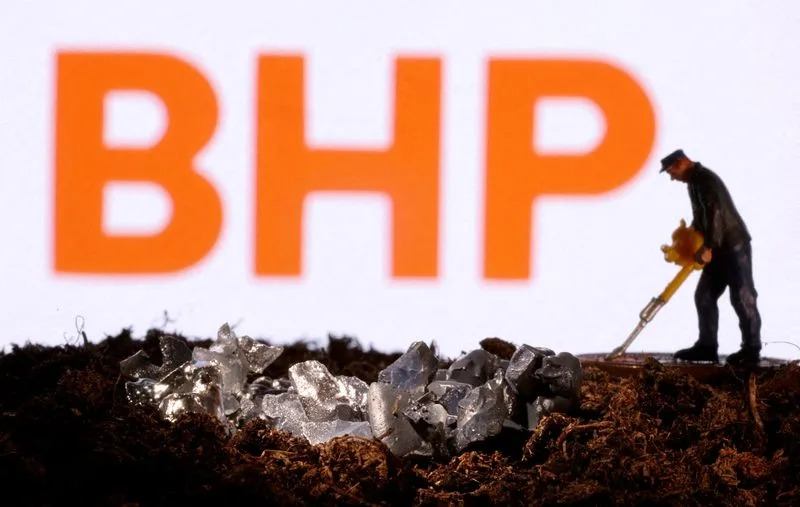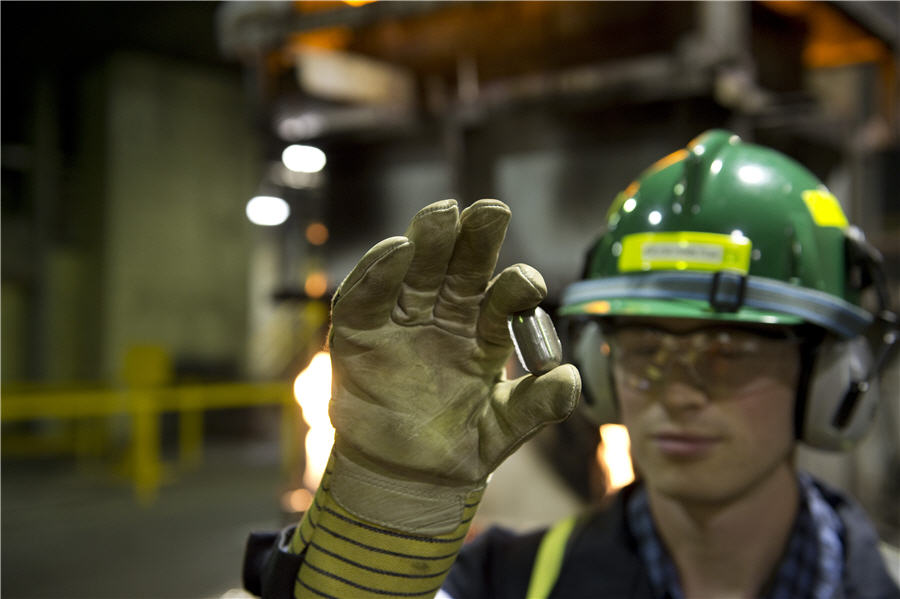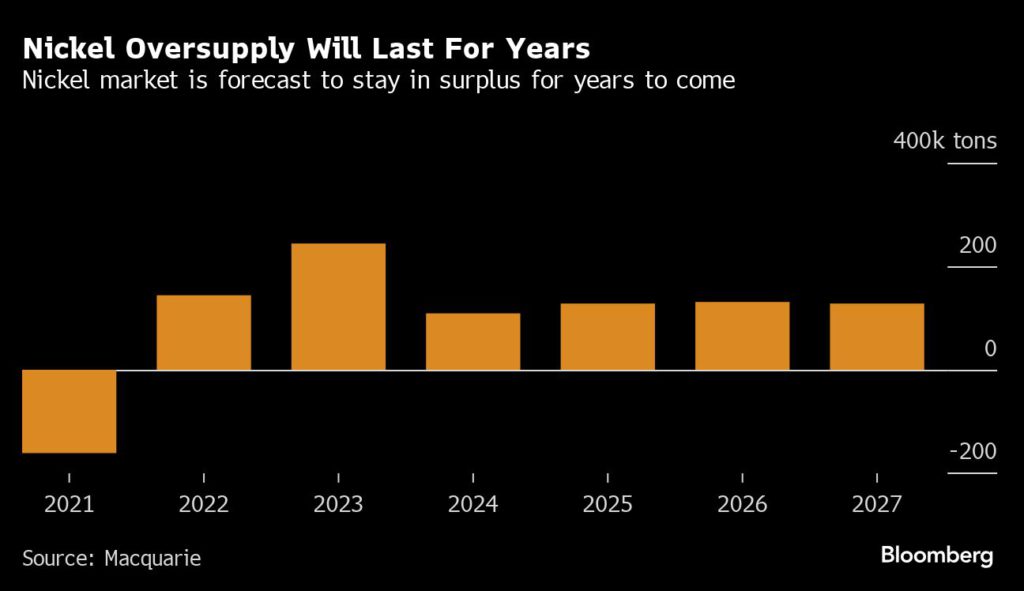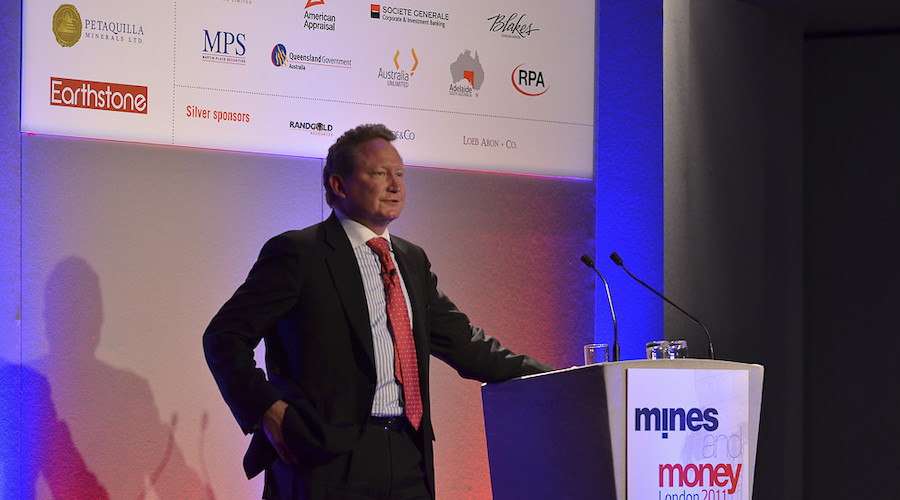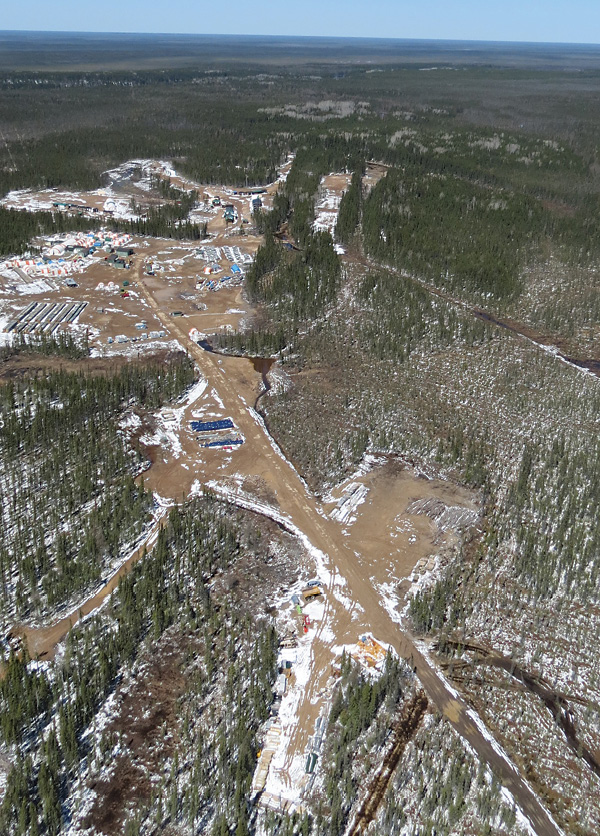CAPITALI$T XAO$
Kristie Batten | July 14, 2024 |
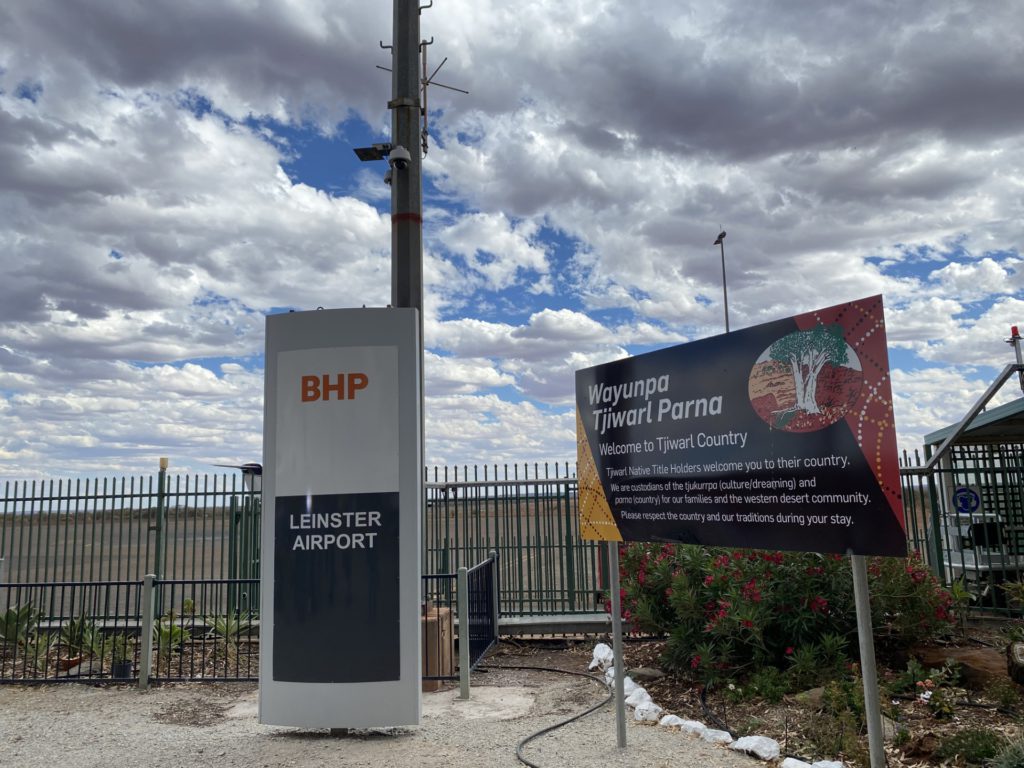
BHP Leinster airport. Image: Kristie Batten
An influx of cheap nickel supply from Indonesia has all but killed off Western Australia’s long-running nickel sector.

Nickel prices halved in 2023, dipping below $16,000 per tonne in December as surpluses widened.
According to Benchmark Mineral Intelligence, Indonesia accounted for 49% of nickel production in 2023, up from less than 5% just eight years ago.
Nickel sector decimated
The impact on Australia’s nickel industry has been dramatic.
ASX 200 producer IGO paid A$1.1 billion ($744 million) for nickel miner Western Areas in mid-2022. Just 18 months later, the entire value of the acquisition had been written off and the Cosmos development project was suspended, resulting in the loss of 400 jobs.
Wyloo Resources, owned by Fortescue founder Andrew Forrest, paid A$760 million for Kambalda nickel producer Mincor Resources, and just seven months later, announced the suspension of operations.
A spokeswoman for Wyloo confirmed to MINING.COM that a joint feasibility study with IGO into a nickel sulphate plant had been paused.
In April, Canada’s First Quantum Minerals announced it would put its Ravensthorpe nickel laterite operation in WA’s southwest on care and maintenance.
The Savannah mine in WA and Avebury mine in Tasmania were also suspended after owners Panoramic Resources and Mallee Resources, respectively, collapsed.
BHP makes tough call
In February, BHP recorded a non-cash $3.5 billion impairment charge on its Nickel West division and reported negative EBITDA of $200 million, triggering a review into its future.
The worst was confirmed on Thursday when BHP announced it would “temporarily suspend” Nickel West – comprising the Kwinana nickel refinery, Kalgoorlie nickel smelter, Mt Keith and Leinster mines and West Musgrave development – from October.
The Kambalda concentrator, which relied on third-party ore, was suspended earlier this year.
More than 3,000 jobs will be lost though BHP will offer its 1,600 “frontline” employees the choice of redeployment or redundancy.
The decision will be reviewed by February 2027, and BHP has vowed to invest around $300 million per year to support a potential restart.
Once the suspension is complete, Australia will have just three operating nickel mines, IGO’s Nova and Forrestania and Glencore’s Murrin Murrin, though Forrestania and Nova are due to close within the next two years.
Prior to the decision, the Australian government’s Office of the Chief Economist was forecasting Australia’s nickel exports to decline from 161,000 tonnes in the 2023 financial to just 62,000 tonnes in the 2026 financial year.
Long history
Nickel was first discovered in the WA Goldfields in 1966, which led to the establishment of the town of Kambalda by Western Mining Corporation (WMC).
The Kambalda concentrator, Kalgoorlie smelter and Kwinana refinery were in operation by the end of that decade.
BHP acquired WMC in 2006 for $7.3 billion, and was initially extremely profitable, making more money than BHP’s world-class iron ore division in 2007, thanks to a surge in the nickel price to as much as $50,000/t.
The Global Financial Crisis reversed nickel’s fortunes and in 2014, the business was deemed as non-core and put up for sale.
Despite interest from Glencore, the sale was pulled after an acceptable price couldn’t be reached. The more than A$1 billion in closure liabilities and large capital spend required were said to be the sticking points.
Though it remained non-core, Nickel West was surprisingly left out of 2015’s demerger of South32. BHP was still keen to sell the division as recently as 2017 and it was slated for closure in 2019.
Electric era
The rise of electrification changed the outlook for Nickel West and BHP announced it would build a nickel sulphate plant in Kwinana, an industrial area south of Perth, the first and only facility of its kind in Australia.
With Tesla as its foundation customer, the plant produced its first crystals in late 2021.
BHP confirmed it had invested around $3 billion in Nickel West since the 2020 financial year.
Despite the hefty investment, Nickel West had been cashflow negative during that period and was expected to report an underlying EBITDA loss of roughly $300 million in the 12 months to June 30.
“Clearly, it’s not viable to continue operating under these significant and sustained losses,” BHP president Australia Geraldine Slattery told reporters.
The company will record an additional impairment of $300 million in its full-year results in August.
Political fallout
WA premier Roger Cook and federal resources minister Madeleine King both live near the Kwinana refinery and have been watching the review with interest.
At a conference in Perth in May, Cook urged BHP to reflect on the support of the WA government and community before considering “whether they’ll turn their back on WA in relation to the nickel industry”, while King criticized BHP for not investing more in the ageing facilities.
On Thursday, Cook described BHP’s decision as disappointing and pledged to support the workers impacted.
King acknowledged the nickel market conditions were beyond BHP’s control.
“I really am grateful that it’s a temporary suspension and not a more, I suppose, dead-end kind of closure, which would be even a worse situation,” she told local radio on Friday.
‘Devastating’
Kalgoorlie-Boulder, around 600 km inland from Perth, is the largest town in the WA Goldfields with a population of just under 30,000 people.
The City of Kalgoorlie-Boulder released a statement, describing the Nickel West news as “profoundly sad”.
“This decision is devastating, with significant impacts on the livelihoods of our residents and businesses, which will have far-reaching effects across the Goldfields,” it said.
Kambalda is about 60 km from Kalgoorlie and is home to around 2,500 people, while Leinster is a further 300km to the north. Wiluna, which supports the Mt Keith mine, is 585 km north of Kalgoorlie, on the edge of the Western Desert, and has a population of just 240.
Wiluna Shire president Peter Grundy said he was deeply concerned about the community impact.
“While this decision has been coming like a slow train across our red desert landscape, we are still shocked and disappointed by it,” he said.
“There is a knock-on effect with a decision like this – one that may get a small mention in a boardroom, but is as real as an oily, dusty, overdue invoice for some.”
BHP has established a A$20 million community fund though many estimate that won’t be enough.
Hope for Leinster?
Leinster, with a population of just 400 people, is run by BHP Nickel West.
Nickel West asset president Jessica Farrell said the company owned around 280 houses in the town and was hopeful they could be used for those workers supporting the care and maintenance process.
“We would continue to honour, obviously, the obligations of running that town,” she told reporters.
In a positive for the future of Leinster, the 200,000-ounce-per-annum Bellevue gold mine has recently opened and is already talking about expanding, while Liontown Resources’ A$1 billion Kathleen Valley lithium mine is due for firs production within weeks.
Customers and suppliers weigh impacts
Nickel West is also a supplier of sulphuric acid, which is produced as a smelter by-product.
Lynas Rare Earths has a contract with BHP for the supply of sulphuric acid to its Kalgoorlie rare earth facility until mid-2027. Lynas said BHP had affirmed its commitment to supply imported acid to the company.
The suspension of the nickel sulphate plant will impact battery customers including Tesla, Panasonic and Toyota.
IGO is the only remaining supplier of third-party ore to BHP. A spokesman for IGO said the company did not comment on contractual agreements but the closure would have no material impact.
Shares in junior Kambalda nickel explorer Lunnon Metals slumped by more than 12% on Friday to an all-time low. The company said it was considering alternative processing options to Nickel West, including the purchase or lease of the Kambalda concentrator or the development of a new facility.
The decision will also impact contractors and suppliers.
GR Engineering Services said the suspension of West Musgrave would impact its revenue by up to A$80 million in the 2025 financial year, while local airline Alliance Aviation Services, which operates 24 round-trip flights to Nickel West sites per week, reported an EBITDA impact of A$3-5 million per year over the next two financial years.
Other contractors and suppliers are likely to disclose impacts in the coming days.
The end of Australian nickel?
The nickel market is expected to remain in surplus until later this decade. Fastmarkets believes the market is oversupplied by up to 8% of demand.
Slattery said multiple options for Nickel West, including partial curtailment, were considered.
“Ultimately, this was less about the cost of running the business and more about the market outlook and anticipated extension of what is a structural low in the market,” she said.
BHP expects the market to remain in surplus for at least the next three years but was confident of an improvement beyond that timeframe.
“Now, of course, there’s uncertainty with that, but we’ve got sufficient conviction to maintain investment in the option of bringing the Nickel West business back into operation,” Slattery said.
The Nickel West suspension will narrow the nickel surplus but also cement Indonesia’s dominance.
Costly restart
If BHP decides to stick to nickel, it will have to go ‘all in’.
The West Musgrave nickel-copper project, acquired in last year’s A$9.6 billion takeover of OZ Minerals, has a large price tag of A$1.7 billion and is only partially built.
The concentrator, smelter and refinery are all nearly 60 years old and require investment.
In particular, the Kalgoorlie smelter requires a significant upgrade, one that is likely to cost upwards of A$500 million.
The restart will have to compete for capital with other large projects, including a potential new concentrator at the Escondida copper mine in Chile.
Even at full operations, nickel represents a tiny part of BHP’s business – around 1-2%.
(By Kristie Batten)
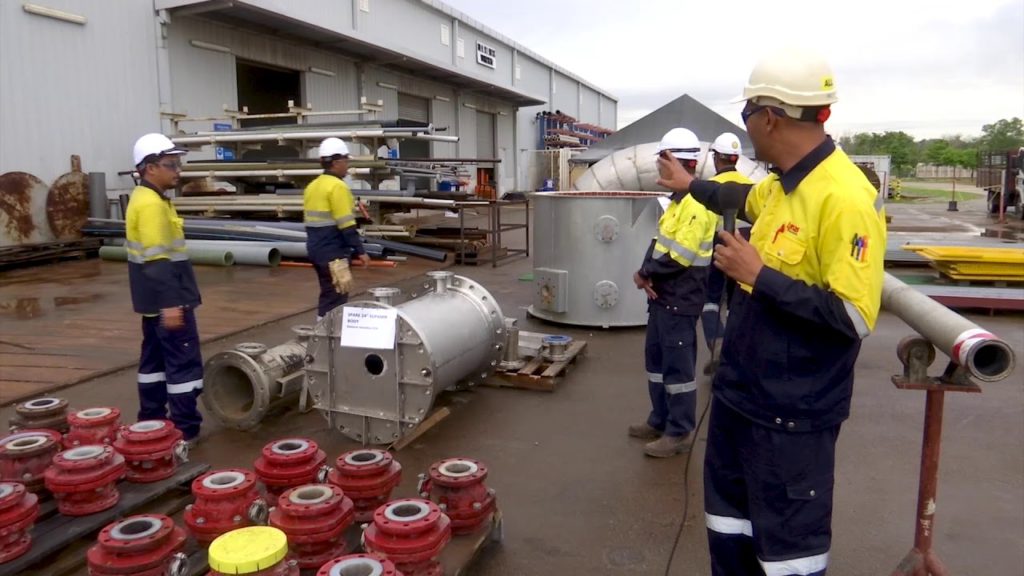

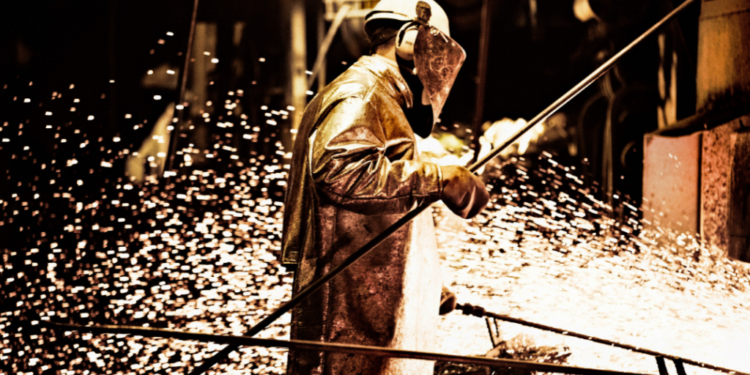
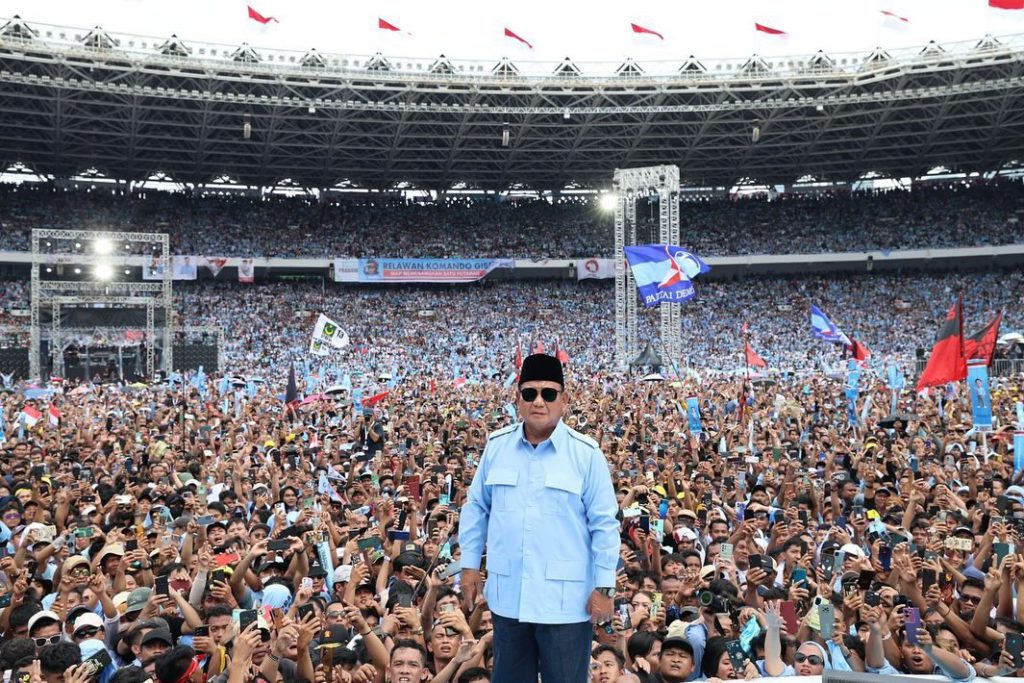

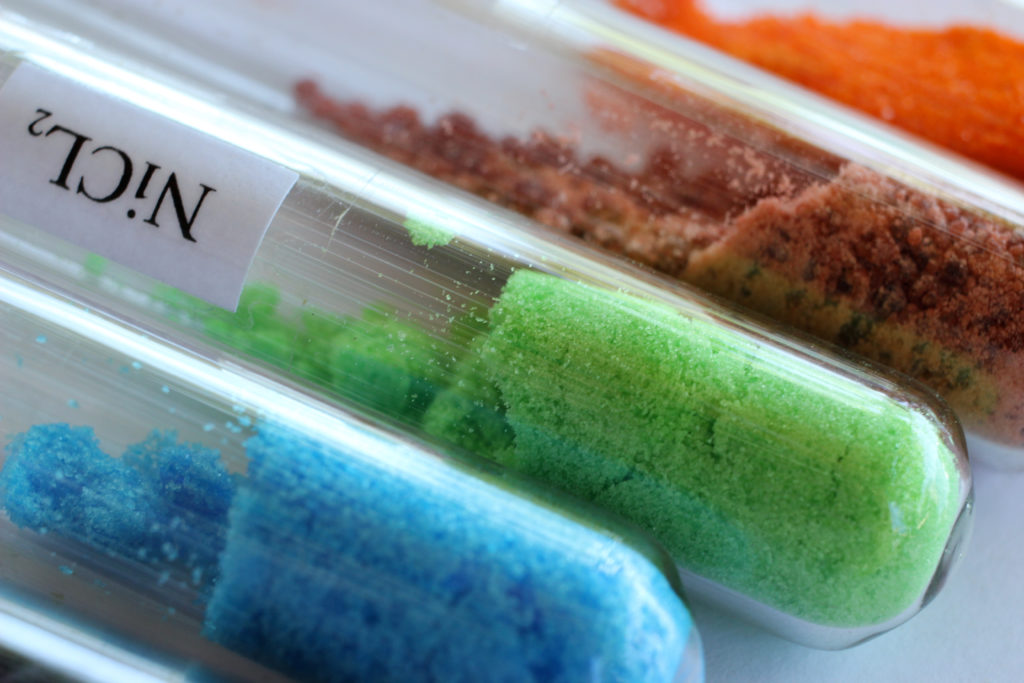
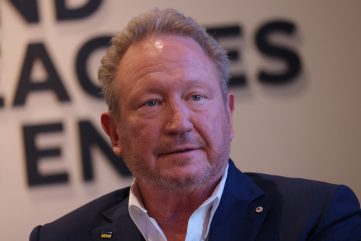
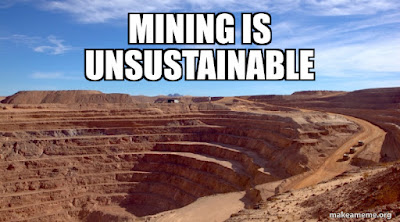
.jpg)




